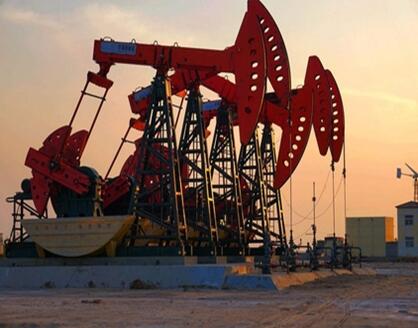The composition of oilfield produced water is complex and variable, which is a complex mixture mainly composed of water, containing a certain amount of oil, sulfides, organic phenols, cyanide, bacteria, solid particles, as well as added chemical agents such as demulsifiers, flocculents, and fungicides. It has the characteristics of high mineralization, containing a large amount of scaling ions, high oil content, containing a large number of microorganisms, high suspended solids content, small particles, and some even containing high molecular polymers.
In the treatment of oilfield produced water, the performance of ceramic membranes is particularly outstanding. Manifested in:
★ The material has hydrophilic and hydrophobic properties, which is conducive to preventing pollution from organic substances;
★ Strong anti microbial ability, without biochemical or chemical interactions with ordinary microorganisms;
★ The material has good chemical stability and good cleaning and regeneration performance;
★ High mechanical strength, erosion resistance, and low requirements for use and cleaning conditions;
★ The effluent quality is good and stable, which can meet the requirements of water injection quality for low permeability oil layers.
The equipment investment and operating cost of ceramic membrane treatment for produced water also have significant advantages compared to other water treatment methods.






